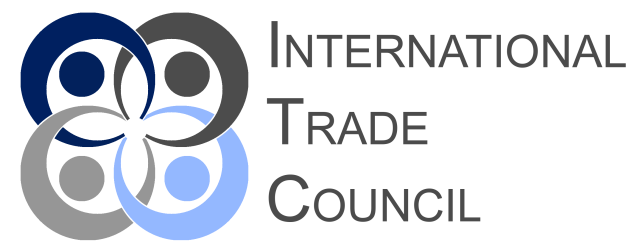The analysis of Poland's top ten largest imports highlights the country's dependence on a diverse range of goods to support its growing and dynamic economy. These imports are essential for various industries, including automotive, electronics, construction, healthcare, and textiles. The primary source countries for these imports are Germany, China, and the United States. As Poland continues to expand its economy and develop its industrial base, understanding the trends and patterns in its import sector is crucial for businesses and policymakers alike.
Future research could examine the potential impact of regional trade agreements, such as the European Union (EU) Single Market and the Central European Free Trade Agreement (CEFTA), and geopolitical factors on Poland's import landscape. Additionally, exploring the opportunities and challenges posed by emerging technologies, such as renewable energy and digitalization, could provide valuable insights into the future direction of Poland's import sector. Furthermore, investigating the role of Poland's domestic industries in meeting the country's import demands and the potential for import substitution could offer a more comprehensive understanding of the nation's economic landscape.
Poland, a Central European country, has a robust economy, which relies heavily on international trade, including imports. The country's key economic sectors include manufacturing, automotive, information technology, and agriculture. In this research article, we will analyze the top ten largest imports in Poland (sorted alphabetically) based on their most recent volume and dollar values and identify the countries from which these goods are imported.
Automotive Vehicles and Parts: In 2020, Poland imported automotive vehicles and parts worth $20.5 billion. These imports are crucial for the country's automotive industry, which is an essential part of the national economy. The main sources of automotive vehicle and part imports are Germany, the Czech Republic, and Japan. These imports include passenger cars, commercial vehicles, and various components for assembly and maintenance.
Chemical Products: Poland imported chemical products worth $11.9 billion in 2020. These imports include organic and inorganic chemicals, fertilizers, and pharmaceuticals. The primary sources of chemical product imports are Germany, the Netherlands, and Belgium. These imports are vital for various industries, including agriculture, pharmaceuticals, and plastics.
Computers and Electronic Products: Poland imported computers and electronic products worth $9.8 billion in 2020. These imports are essential for the country's information technology and electronics sectors. The main sources of these imports are China, the United States, and Germany, which together account for a significant share of Poland's computer and electronic product imports.
Electrical Machinery and Equipment: Electrical machinery and equipment are vital imports for Poland, with an import value of $13.2 billion in 2020. Germany, China, and the Czech Republic are the main suppliers, providing equipment necessary for the development of Poland's manufacturing, construction, and services sectors.
Machinery: Machinery, including industrial and manufacturing equipment, is another significant import for Poland, with an import value of $18.6 billion in 2020. The main suppliers of machinery are Germany, Italy, and the Czech Republic, which provide essential equipment for various industries, including manufacturing, construction, and services.
Mineral Fuels and Oils: Mineral fuels and oils, including crude oil and refined petroleum products, are critical imports for Poland. In 2020, the import value of mineral fuels and oils stood at $10.7 billion. The main suppliers are Russia, Germany, and the Netherlands, which provide various crude oil grades and refined petroleum products like diesel, gasoline, and kerosene to meet the country's energy demands.
Optical, Photographic, and Measuring Equipment: Poland's high-tech industries rely on imports of optical, photographic, and measuring equipment, with an import value of $2.9 billion in 2020. The primary sources for these imports are Germany, China, and the United States, which provide a wide range of advanced technologies and devices for various sectors, including telecommunications, medical, and manufacturing.
Plastics (continued): The plastic industry plays a vital role in Poland's manufacturing sector, contributing to both exports and domestic consumption. The country's growing demand for plastic products has led to a rise in imports, with plastics playing a critical role in various sectors, including automotive, construction, and consumer goods.
Pharmaceuticals: Poland's healthcare sector relies heavily on imports for pharmaceutical products. In 2020, the country imported pharmaceuticals worth $6.1 billion. The primary sources for these imports are Germany, the United States, and France, which provide Poland with essential drugs, vaccines, and other medical products. These imports help maintain the country's healthcare system and ensure access to a wide range of medicines for its population.
Textiles and Apparel: Textiles and apparel are significant imports for Poland, with an import value of $4.6 billion in 2020. The main sources of textile and apparel imports are China, Bangladesh, and Turkey. These imports include raw materials like fibers and yarns, as well as finished products such as fabrics, clothing, and home textiles. The textile and apparel industry plays a vital role in Poland's export sector, with the country exporting garments, textiles, and footwear to various global markets.

